One of the key things that I have noticed time after time and is also held true by most advocates of the planning process is that one of the primary benefits of having a business plan is not so much the actual document that is created during the process but it is the act of taking time out and thinking in depth about the factors that will influence the business itself.
Its that allocation of time to the planning process and the follow up reviews that are done as you monitor your execution against the plan that, in my opinion, drive the most value from the planning activity.
In my last post I talked about shooting from the hip vs planning and I made the point that I believe a combination of intuitive decision making and fact based planning is best.
Of course the first thing to consider in the entire process is …where is the business heading or more importantly, where do you want it to go.
I know that for me, when I was running my own business it was a case of the business momentum created by initial success that tended to push the business forwards and inertia, created by a lack of real planning that actually contributed to the demise of the business or rather the demise of my desire to be running my own business.
Suddenly I found myself in a position where the business owned me, I didn’t really own the business…of course along the way I reaped the rewards of success (financially) but I ended up in a place where I didn’t want to be.
Maybe you find yourself in a similar place today and you’re thinking (a little like David Byrne and Talking Heads sang in their song, Once In A Lifetime – “You may ask yourself, well, how did I get here?”) what do I need to do to get things back on track. Of course, the first thing to determine is – what track do you want to be on?
The first thing I believe you need to ask yourself is, what do you want to get out of your business, why did you start the business in the first place and what is your exit strategy (do you have one, or even need one for that matter).
For many of us, these are difficult questions to answer because we are in a position where we started the business because the primary driving factor was that we didn’t want to work for someone else or believed that being self employed was a path to financial freedom and we knew how to do the technical work that the business does so the natural step was to go in to business for ourselves. Certainly for me, it was a mix of all these 3 factors.
I believe that a great way to start your think about this is actually Step 2 of the 7 Steps to Marketing Success that I teach in my marketing course and that is to determine what is your value proposition, what is your point of differentiation – what is it that you actually do for a living and what is the value you deliver to your target market?
Is this what you really want to be doing and are you doing it with the right kind of customers – are they the kind of customers you enjoy doing business with, can you deliver value to them, do they appreciate what you do for them and of course, are they delivering profitable business for you.
If the answer to any one of these questions is no then I suggest you need to go one step back and take another look at your ideal client – have you defined what they look like and if you are struggling with that, at least define what the kind of customer you don’t want looks like so you can say, no thanks, when you encounter them.
Unless you can define this then I suggest that you can never be in control of the direction of your business and achieve your goals that you have set out for yourself and the business.







Get Social